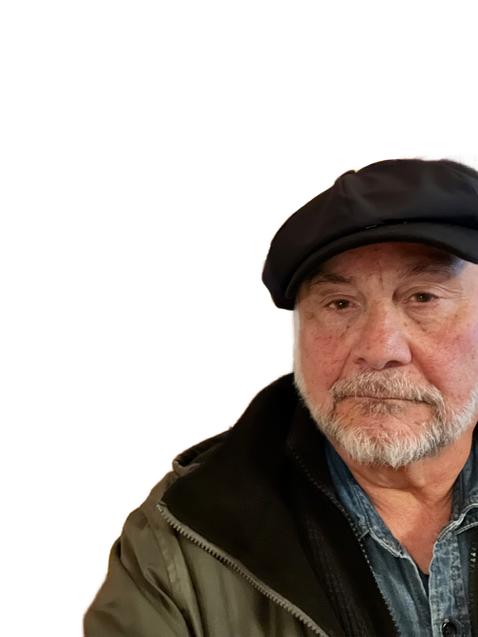Biography
Vincent Baldassano, a graduate of Wagner College, Staten Island, NY with Master of Fine Arts, in Painting & Drawing from the University of Oregon, has taught painting and mixed media at universities, colleges and professional art schools throughout the US, including the Universities of Connecticut, Cincinnati, and Buffalo; the National Academy Museum and School of Fine Arts, NYC, Silvermine School of Art, New Canaan, CT and Gateway Community College, New Haven, CT.
Mr. Baldassano is a recipient of numerous painting grant, residencies and fellowships, including NYSCA, CAPS Grants, and SUNY Painting Fellowships. He has been a Visiting Artist at the American Academy in Rome, the Vermont Studio Center and the Virginia Center for the Creative Arts. His work is in many private and public collections in the United States, Europe and Asia, including the Pepsi Cola Corporation, Pfizer Corporation, the New York Federal Building, Housatonic Museum of Art, and the Savannah College of Art & Design,
National and international exhibitions numbering over 50 solo shows and over 100 group exhibitions include The American Academy in Rome, The National Academy School, NY, the Albright-Knox Gallery, Buffalo, NY, The Butler Museum of American Art, Ohio and the Aldrich and Stamford Museums in Connecticut.
In addition to teaching and exhibiting, Mr. Baldassano was a founding member of the Manhattan Breakfast Club during the early 70’s and 80’s in Soho, New York City where he lived at that time. Latter, while living in Westchester and Connecticut he was owner of ArtPak Transport Ltd, NYC; Station Gallery, Katonah, NY; Executive Director at Contemporary Graphic Arts, Norwalk, Ct, Managing Director at Northern Westchester Center for the Arts, Mount Kisco, NY and Gallery Director at Silvermine Guild Art Center, New Canaan, CT. He is currently Professor of Art at Gateway Community College, New Haven, CT and on the faculties of Western Connecticut State University, and The National Academy of Design.
Mr. Baldassano is a recipient of numerous painting grant, residencies and fellowships, including NYSCA, CAPS Grants, and SUNY Painting Fellowships. He has been a Visiting Artist at the American Academy in Rome, the Vermont Studio Center and the Virginia Center for the Creative Arts. His work is in many private and public collections in the United States, Europe and Asia, including the Pepsi Cola Corporation, Pfizer Corporation, the New York Federal Building, Housatonic Museum of Art, and the Savannah College of Art & Design,
National and international exhibitions numbering over 50 solo shows and over 100 group exhibitions include The American Academy in Rome, The National Academy School, NY, the Albright-Knox Gallery, Buffalo, NY, The Butler Museum of American Art, Ohio and the Aldrich and Stamford Museums in Connecticut.
In addition to teaching and exhibiting, Mr. Baldassano was a founding member of the Manhattan Breakfast Club during the early 70’s and 80’s in Soho, New York City where he lived at that time. Latter, while living in Westchester and Connecticut he was owner of ArtPak Transport Ltd, NYC; Station Gallery, Katonah, NY; Executive Director at Contemporary Graphic Arts, Norwalk, Ct, Managing Director at Northern Westchester Center for the Arts, Mount Kisco, NY and Gallery Director at Silvermine Guild Art Center, New Canaan, CT. He is currently Professor of Art at Gateway Community College, New Haven, CT and on the faculties of Western Connecticut State University, and The National Academy of Design.
